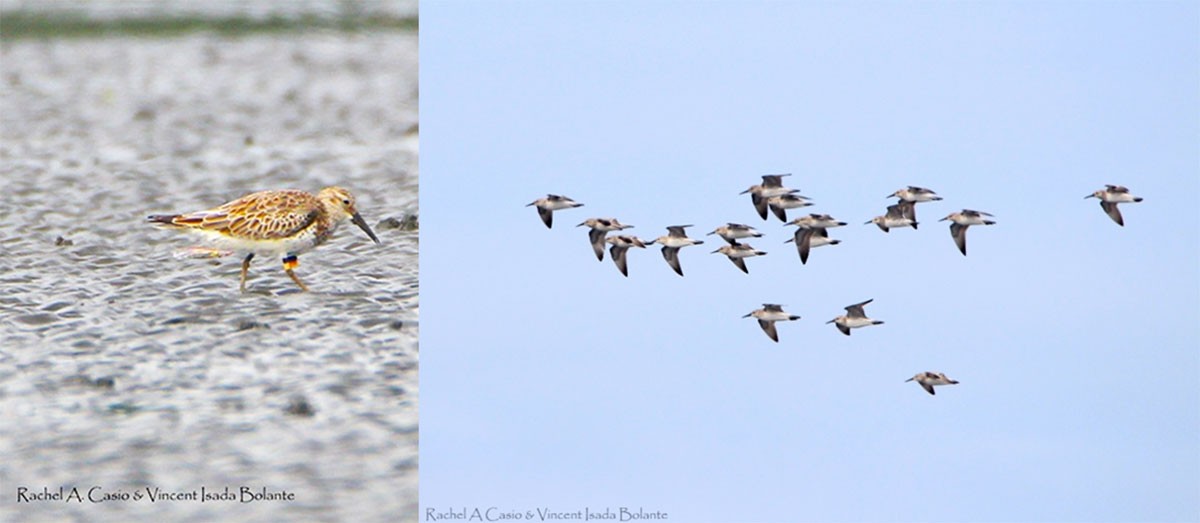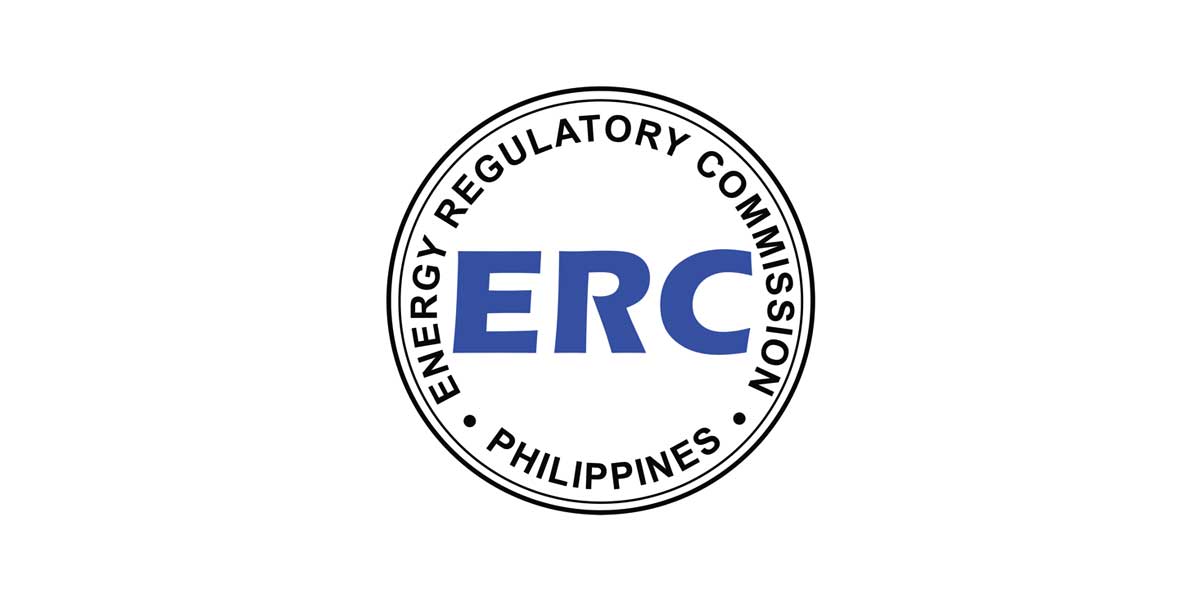
It’s a one-of-a-kind snapshot of a Great knot (Calidris tenuirostris) with the Indonesian flag on its right leg spotted at Brgy. Agustin Navarra, Ivisan in Capiz province during the Annual Waterbird Census last January 13, 2021.
The flag with upper black and lower orange colors belongs to the country of Indonesia, as listed in Shorebird Color Flagging Protocol on the East Asian–Australasian Flyway (EAAF).
Brgy. Agustin Navarra has recorded 780 migratory birds with 29 species, 7 of which are considered additional species.
Researchers who capture, mark and release migratory birds use flags, colour rings and tags to study their migration route along the Flyway. It also allows the bird to be identified even from a distance.
The Great knot is a medium-side shorebird with a straight, slender bill of medium length and a heavily streaked head and neck. They feed on bivalve molluscs, snails, worms, crustaceans and, very occasionally, sea-cucumbers.
They are the long-distance migratory shorebirds of the EAAF, with migration route from Australia to Siberia covering around 6000 kilometers. They would nest and breed in eastern Siberia, and Philippines is one of their migration stopover sites.
The International Union for Conservation of Nature (IUCN) listed Great knot as endangered and critically endangered in Australia due to its decreasing population with the loss of its stopover sites.
The EAAF covers the length from Russian Far East and Alaska, southwards through East Asia and Southeast Asia to Australia and New Zealand which encompasses 22 countries. It thereby made the EAAF one of the world’s nine major “flyways”, which are routes the migratory waterbirds traverse annually.
“The fact that migratory waterbirds flock to our coastal wetlands is a proof that our wetlands here are rich feeding grounds for them,” said DENR 6 regional executive director Francisco E. Milla, Jr. “By our protecting and conserving our wetlands, we provide the needed refuge for these important species,” he added. (DENR-6)























